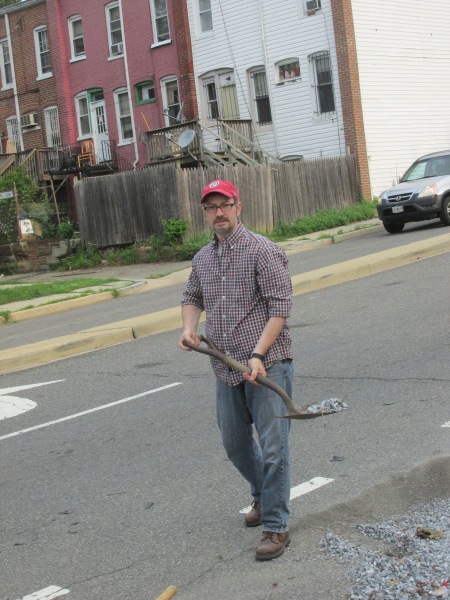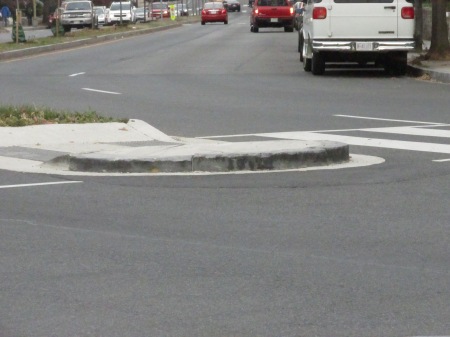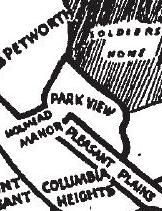For anyone who uses North Capitol Street, here is a heads up that was released yesterday stating that work to resurface North Capitol has begun and is expected to take 4 weeks. The impacted area is from Florida Avenue (south) to New Hampshire Avenue (north). North Capitol is a convenient way to or leave the neighborhood to many points south, so this is sure to impact area drivers during this period.
Text of the DDOT news release can be found here or below:
(Washington, DC) – The District Department of Transportation (DDOT) will begin roadway resurfacing on North Capitol Street today, May 16, weather permitting.
The work, to be conducted from New Hampshire Avenue NW to Florida Avenue NW, is expected to take 4 weeks to complete.
Work will generally be conducted from 9:30 am to 3:30 pm, Monday through Friday; and 7:00 am to 7:00 pm, Saturday; however, certain sections will be worked on from 9:00 pm to 5:00am, Monday through Friday.
During construction, at least one lane will be open in each direction. Curbside parking will not be available on some sections of North Capitol Street during work times. Parking restriction signs will be posted 72 hours in advance at locations where parking will not be allowed. Each sign will list the duration of the restriction and the engineer-in-charge’s contact information.
Variable message signs will be in place to guide motorists. DDOT encourages all motorists traveling through the work zone to stay alert.






 (Commissioner Boese removing gravel from Warder Street bike lane.)
(Commissioner Boese removing gravel from Warder Street bike lane.) (Warder Street bike lane with gravel removed.)
(Warder Street bike lane with gravel removed.)

 I know that there are a good number of people in the neighborhood who care about sidewalks, street configuration, bike lanes, trees, and traffic. I’ve definitely been among them by advocating for a
I know that there are a good number of people in the neighborhood who care about sidewalks, street configuration, bike lanes, trees, and traffic. I’ve definitely been among them by advocating for a 



![IMG_7943[1]](https://parkviewdc.files.wordpress.com/2015/01/img_79431.jpg?w=450&h=600)
 "The territory comprising Park View extends from Gresham Street north to Rock Creek Church Road, and from Georgia Avenue to the Soldiers' Home grounds, including the triangle bounded by Park Road, Georgia Avenue, and New Hampshire Avenue" (from Directory and History of Park View, 1921.)
"The territory comprising Park View extends from Gresham Street north to Rock Creek Church Road, and from Georgia Avenue to the Soldiers' Home grounds, including the triangle bounded by Park Road, Georgia Avenue, and New Hampshire Avenue" (from Directory and History of Park View, 1921.)
